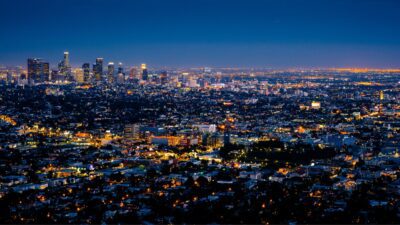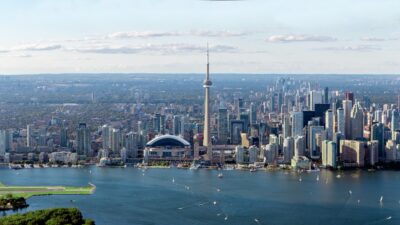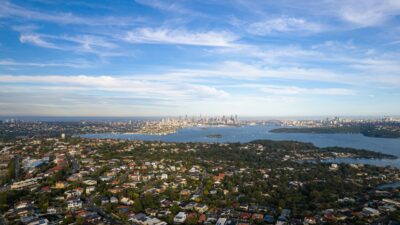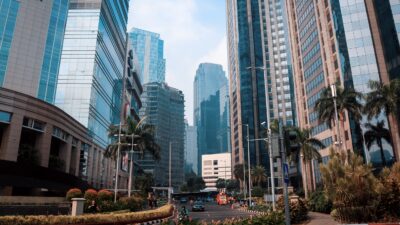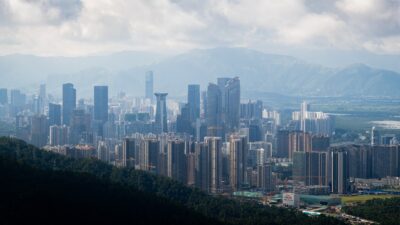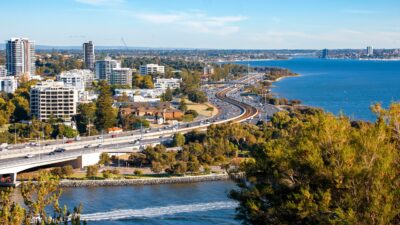Christopher Standen
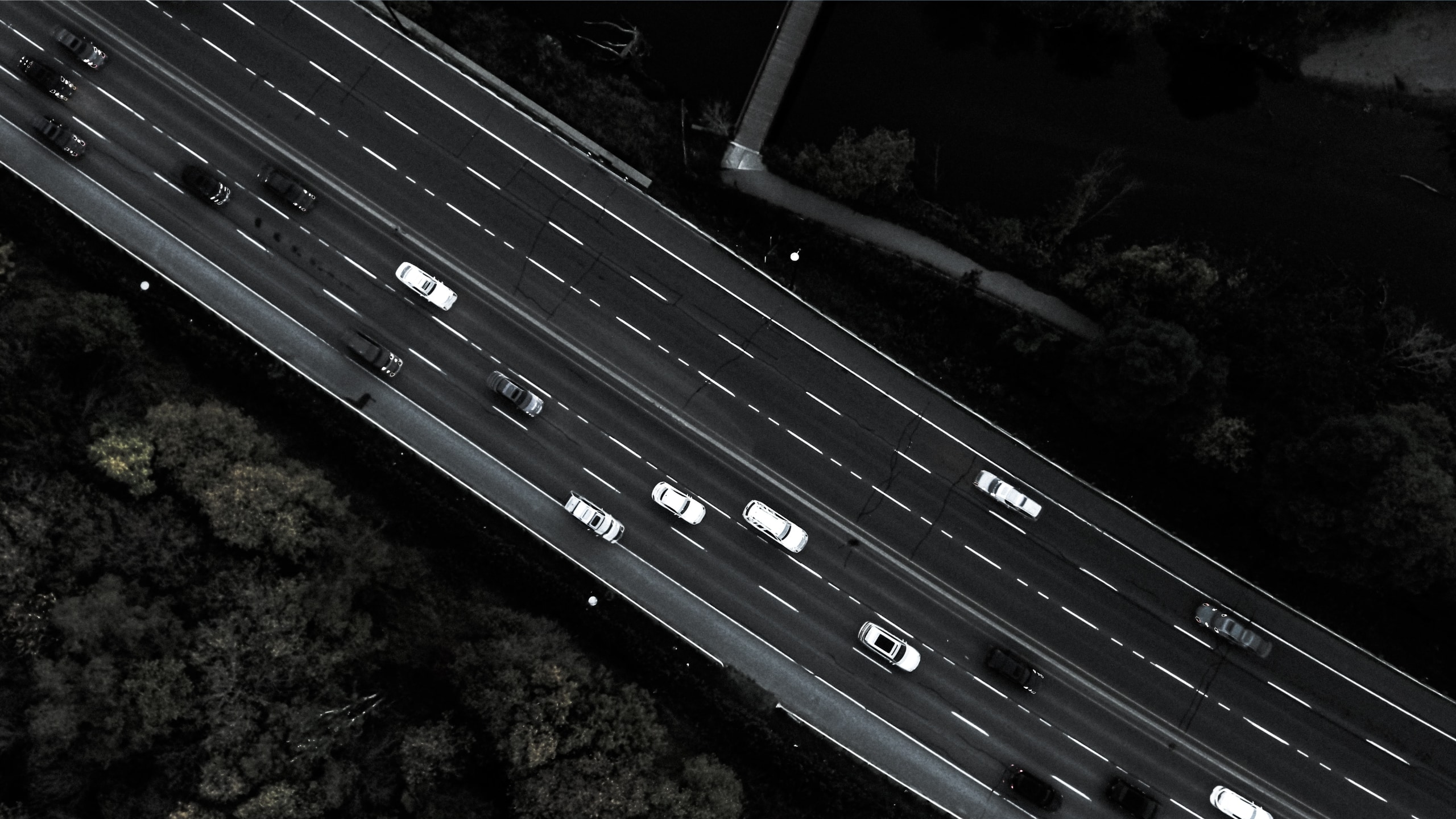
Why the need for speed?
Australian governments are set to spend more on transport infrastructure than ever before. Federal and state infrastructure spending, driven largely by transport projects, was expected to total $31.6 billion in 2018, increasing to $38 billion in 2021, even before the latest Commonwealth spending announcements. Will all this construction make it easier for us to get around, our journeys more enjoyable, or our cities more liveable for a growing population?
Since the 1950s, spending on transport infrastructure has largely been justified on the basis of its ability to increase travel speeds or reduce travel times. For example, the New South Wales government estimates its $17 billion WestConnex toll road will deliver travel time savings motorists would value at about $13 billion. But new tolls will largely cancel out any benefit. This means the ultimate beneficiary will be the toll road corporations.
As early as the 1960s, however, it become evident that prioritising speed above all else is counterproductive. It’s making our cities less efficient and liveable, and consigns many people to stressful and unhealthy daily commutes.
Faster travel does allow people to move further from work and other destinations – and not have to spend any more time travelling. It’s also true that many households value the ability to move to outer suburbs, where lower land values mean they can afford a home (or a larger one).
But when thousands of households migrate to low-density suburbs, we end up with urban sprawl. This is bad not only for productivity and public health, but also makes public transport less viable. Sprawl entrenches dependence on cars. This limits access to economic and social opportunities for those unable to drive.
High vehicle speeds and longer driving distances create multiple other problems. These include more traffic noise, more road trauma, higher transport costs and neighbourhoods too dangerous for children to venture outdoors on their own.
Rethinking the need for speed
The need for speed is being questioned in other aspects of modern life. The Slow Food Movement urges us to savour and enjoy our meal times, rather than view eating as an unwelcome interruption to our busy days.
For my PhD research, I asked a similar question of our travel time. What if it’s seen not only as a cost to be minimised, but as valuable time that can be used to work, exercise or relax?
It’s important to note that average daily travel times don’t decline no matter how much is spent on transport infrastructure. How then can investment be prioritised to make our travel time more enjoyable and productive, while at the same time improving access to economic and social opportunities?
Choosing to take the ‘slow road’
I had observed that many people willingly choose a slower, more pleasant journey over a faster, less pleasant one. For example, research shows that, after a new cycleway opened in Sydney in 2014, some people switched to cycling from driving and public transport, even though this meant their journeys could take longer. Some people who already cycled opted for a longer route via the cycleway.
Based on such observations, I developed a cost-benefit analysis tool that captures the value people place on having the option to cycle to local destinations and transport interchanges in a traffic-free environment – regardless of whether their travel time changes.
Using this tool to assess the City of Sydney’s proposed 200-kilometre cycling network, I forecast it would increase the proportion of local residents (aged 18-55) commuting by bicycle from 4.5% to 10.7% – freeing up significant space on roads and public transport. The estimated benefit-cost ratio was 3.4. That’s better than many of the multibillion-dollar transport projects on the national Infrastructure Priority List.
Unfortunately, it’s not yet possible to validate these forecasts. Since 2013, the NSW government has done little to promote healthy transport. It has allowed the City of Sydney to build only about five kilometres of new cycleway, demolished one of the busiest cycleways in the CBD to create space for more traffic, and increased fines for trivial cycling offences. It’s not surprising the proportion of people cycling has hardly changed.
What do we want of our cities?
The next step will be to adapt the tool for assessing other transport and land use initiatives that could improve the usefulness and enjoyment of travel time – and access to economic and social opportunities – without necessarily increasing speed. Possible examples include:
- extra train services to reduce crowding
- automated vehicles, which could allow passengers to work while travelling
- jobs growth in suburban centres, as in the Greater Sydney Commission’s Metropolis of Three Cities plan
- ambitious affordable housing policies, enabling more low-income households to live closer to work.
Of course, cost-benefit analysis is just one (far from perfect) tool for informing decisions on transport and land use proposals. Before these proposals are developed, perhaps we need to give more thought to what kind of city we want to live in.
Do we want a city that’s easy and pleasant to get around, with inviting public spaces? Or one where we have to endure stressful and expensive journeys to get anywhere, and the public realm is devoted to traffic, not people?
This article was originally published as “Why the need for speed? Transport spending priorities leave city residents worse off” on The Conversation. Read the original article. Please refer to The Conversation’s republishing guidelines before republishing this article.
Image: Gleb Kozenko
Christopher Standen is one of Sydney’s leading thinkers on urban planning and transport, with an interest in liveable, accessible, healthy, sustainable and equitable towns and cities.
Share
We believe in open and honest access to knowledge. We use a Creative Commons Attribution NoDerivatives licence for our articles and podcasts, so you can republish them for free, online or in print.
